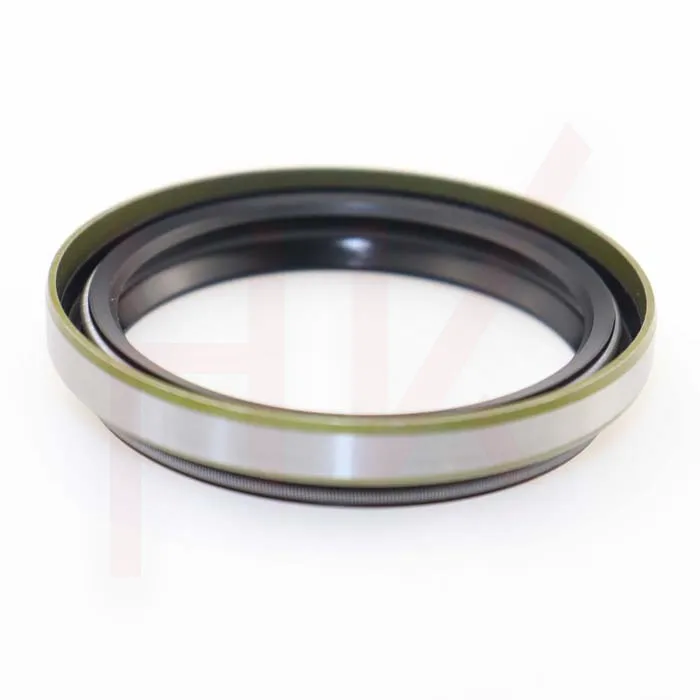ສ.ຫ. . 29, 2024 10:07 Back to list
Radial Oil Seal - High-Performance Sealing Solutions
Understanding Radial Oil Seals An Essential Component for Machinery
Radial oil seals, also known as radial shaft seals, are critical components in a wide range of machinery and automotive applications. These seals are designed to prevent the escape of lubricants and the ingress of contaminants from external environments into bearing housings or other mechanical assemblies. Proper sealing is vital to ensure the longevity and reliability of machinery.
Design and Functionality
Radial oil seals typically consist of three main parts the sealing lip, the metal or elastomeric housing, and a spring. The sealing lip is the key component that makes direct contact with the rotating shaft. It is engineered to conform to the surface of the shaft, creating a robust hydraulic seal. The spring works to maintain contact between the lip and the shaft during operation, compensating for wear or variations in shaft diameters.
The materials used for these seals are also critical to their performance. Common materials include nitrile rubber (NBR), fluoroelastomer (FKM), and silicone. The choice of material often depends on the application’s temperature, chemical exposure, and environmental conditions. For instance, FKM is highly resistant to heat and chemical breakdown, making it ideal for high-performance engines or systems exposed to harsh conditions.
Applications in Various Industries
radial oil seal

Radial oil seals find their applications in numerous industries. In the automotive sector, they are extensively used in engines, transmissions, and various drive components to prevent oil leaks and ensure the smooth operation of moving parts. In industrial machinery, these seals are critical in hydraulic and pneumatic systems, helping maintain pressure and prevent fluid loss.
Beyond standard applications, radial oil seals are also used in specialized industries such as aerospace and marine. Here, they ensure that engines and mechanical systems maintain their operational efficiency, even under extreme conditions.
Challenges and Solutions
Despite their importance, radial oil seals may face challenges such as wear, extrusion, and compatibility with lubricants. High temperatures and pressures can lead to degradation of the sealing material, while misalignment can cause premature failure. To mitigate these issues, regular inspection and maintenance are essential, as well as selecting the appropriate seal for specific operating conditions.
Recent advancements in seal technology have also led to the development of more durable materials and enhanced designs that can better withstand rigorous environments. Engineers are continuously working to improve seal performance, ensuring that radial oil seals contribute to the efficiency and reliability of the machinery they serve.
In conclusion, radial oil seals are indispensable in maintaining the functionality and integrity of mechanical systems across various industries. Understanding their design, applications, and potential challenges can significantly enhance machinery performance and longevity.
-
The Trans-formative Journey of Wheel Hub Oil Seals
NewsJun.06,2025
-
Graphene-Enhanced Oil Seals: Revolutionizing High-Pressure Oil Sealing
NewsJun.06,2025
-
Future of Hydraulic Sealing: Advanced Intelligent TCN Oil Seals
NewsJun.06,2025
-
Don’t Let a Broken TCV Oil Seal Ruin Your Day
NewsJun.06,2025
-
Bio-Inspired Dust Seals for Better Sealing Performance
NewsJun.06,2025
-
Biodegradable and Sustainable Hydraulic Seal Materials
NewsJun.06,2025
-
Top Oil Seal Solutions for Your Industrial Needs
NewsMay.22,2025
Products categories
















